
Mostar: The Jewel of Herzegovina
Discover Mostar, where East meets West, history intertwines with culture, and nature's beauty surrounds you at every turn.
Nestled in the picturesque landscape of Bosnia and Herzegovina, Mostar is a city that beckons travelers with its rich history, stunning architecture, and vibrant culture. The city is most famous for the iconic Stari Most (Old Bridge), an Ottoman-era structure that gracefully arches over the Neretva River. This bridge, a UNESCO World Heritage site, is not just an architectural marvel but also a symbol of the city's resilience and unity. Wandering through the cobbled streets of the Old Town, visitors are treated to a delightful blend of East and West. The historic buildings showcase a mixture of Ottoman, Mediterranean, and Western European influences, creating a unique architectural tapestry. Local markets buzz with activity, offering an array of handicrafts, traditional goods, and delicious local cuisine such as cevapi and burek. Mostar is also a city of natural beauty. The surrounding mountains, rivers, and lush landscapes provide ample opportunities for outdoor activities. Whether it's hiking in the nearby hills, exploring the Kravice waterfalls, or simply enjoying a leisurely stroll along the riverbanks, nature lovers will find plenty to appreciate. The city's vibrant cultural scene, with its festivals, music, and art, adds to the charm, making Mostar a must-visit destination for any traveler.
Local tips in Mostar
- Visit the Old Bridge early in the morning or late in the evening to avoid crowds and capture the best photos.
- Explore the local markets for unique souvenirs and traditional crafts.
- Take a guided tour to learn about Mostar's complex history and the significance of its landmarks.
- Try local dishes like cevapi and burek at traditional restaurants for an authentic culinary experience.
- Don't miss a visit to the Kravice waterfalls for a refreshing day trip.
Mostar: The Jewel of Herzegovina
Nestled in the picturesque landscape of Bosnia and Herzegovina, Mostar is a city that beckons travelers with its rich history, stunning architecture, and vibrant culture. The city is most famous for the iconic Stari Most (Old Bridge), an Ottoman-era structure that gracefully arches over the Neretva River. This bridge, a UNESCO World Heritage site, is not just an architectural marvel but also a symbol of the city's resilience and unity. Wandering through the cobbled streets of the Old Town, visitors are treated to a delightful blend of East and West. The historic buildings showcase a mixture of Ottoman, Mediterranean, and Western European influences, creating a unique architectural tapestry. Local markets buzz with activity, offering an array of handicrafts, traditional goods, and delicious local cuisine such as cevapi and burek. Mostar is also a city of natural beauty. The surrounding mountains, rivers, and lush landscapes provide ample opportunities for outdoor activities. Whether it's hiking in the nearby hills, exploring the Kravice waterfalls, or simply enjoying a leisurely stroll along the riverbanks, nature lovers will find plenty to appreciate. The city's vibrant cultural scene, with its festivals, music, and art, adds to the charm, making Mostar a must-visit destination for any traveler.
When is the best time to go to Mostar?
Iconic landmarks you can’t miss
Old Bridge Mostar
Explore the historic Old Bridge of Mostar, a UNESCO World Heritage Site and a symbol of resilience in Bosnia and Herzegovina.
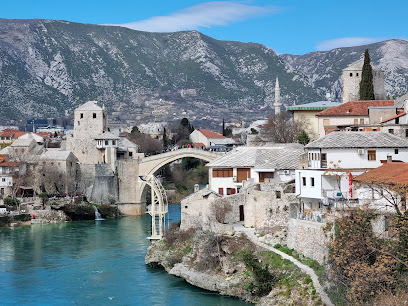
Vidikovac Fortica
Discover breathtaking views and thrilling adventures at Vidikovac Fortica, the ultimate destination for adventure seekers in Mostar, Bosnia and Herzegovina.
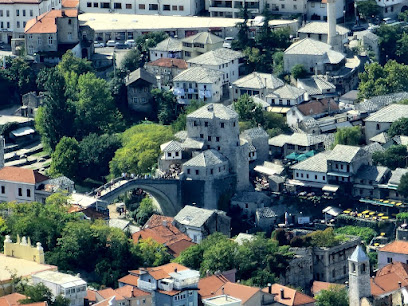
Park Zrinjevac
Discover the enchanting beauty of Park Zrinjevac in Mostar, a serene park blending nature and history for an unforgettable experience.
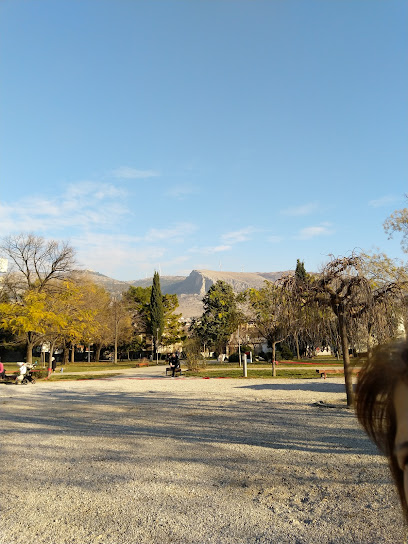
Karađoz Beg Mosque
Discover the stunning Karađoz Beg Mosque in Mostar, a masterpiece of Ottoman architecture surrounded by rich history and a serene atmosphere.
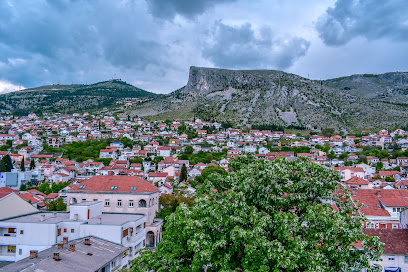
Mostar Peace Bell Tower
Explore the Mostar Peace Bell Tower: A symbol of unity and resilience in the heart of Mostar, offering breathtaking views and rich history.
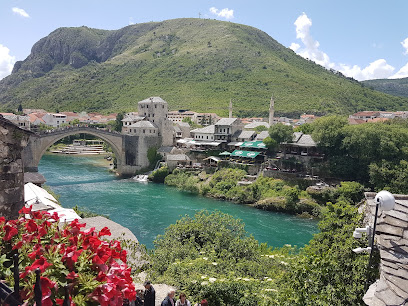
Koski Mehmed Pasha Mosque
Explore the stunning Koski Mehmed Pasha Mosque in Mostar, a beautiful blend of history, culture, and breathtaking architecture.
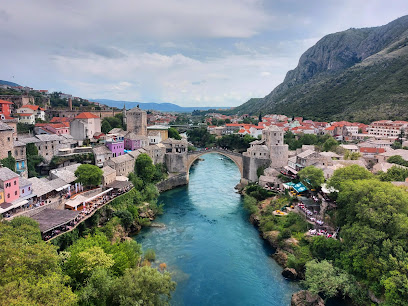
Millennium Cross
Explore the stunning Millennium Cross in Mostar, a cultural landmark offering breathtaking views and a deep connection to Bosnia's rich heritage.
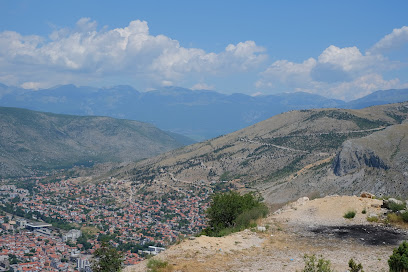
Titov Most
Discover the architectural beauty and cultural significance of Titov Most, a breathtaking bridge in the heart of Mostar, Bosnia and Herzegovina.
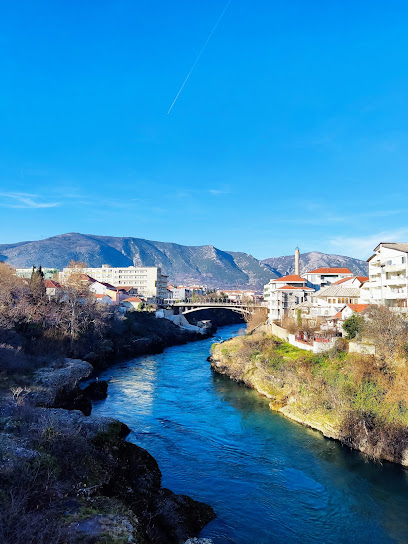
Lučki most
Explore the historic Stari Most in Mostar, a breathtaking bridge that symbolizes peace and cultural heritage, offering stunning views and rich history.
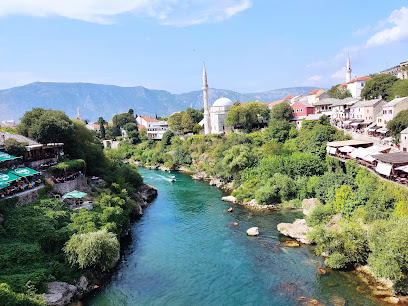
Mostar Old Town
Discover the enchanting beauty and rich history of Mostar Old Town, where every corner tells a story and the iconic Stari Most bridge awaits.
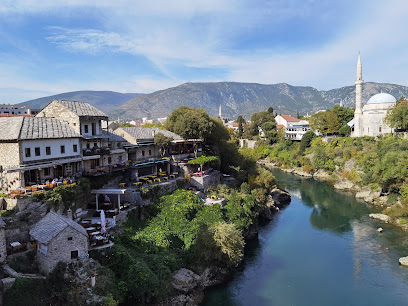
Muslibegovic House
Discover the historic Muslibegovic House in Mostar, where traditional Bosnian architecture meets rich cultural heritage.

Kriva ćuprija
Discover the beauty of Kriva Ćuprija, Mostar's exquisite bridge, a testament to history and culture, offering stunning views and vibrant local life.
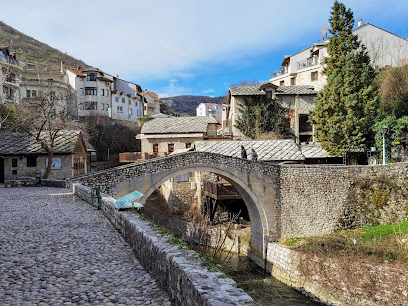
Biscevic House
Explore the rich cultural heritage of Mostar at Biscevic House, a historical museum showcasing traditional Bosnian architecture and family legacy.
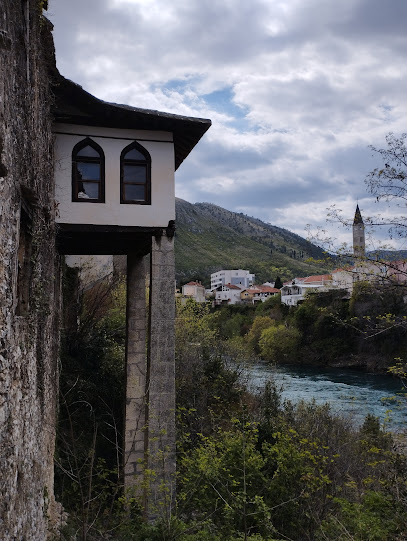
FREE WALKING TOUR MOSTAR / SHEVA WALKING TOURS
Discover Mostar's rich history and stunning views on a captivating free walking tour led by knowledgeable guides in the heart of Bosnia and Herzegovina.
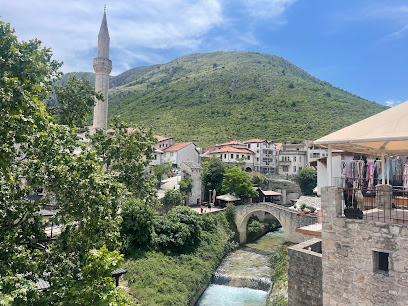
Mostar Free Walking Tour
Experience the charm and history of Mostar with a free walking tour, exploring its rich culture and iconic landmarks alongside local guides.
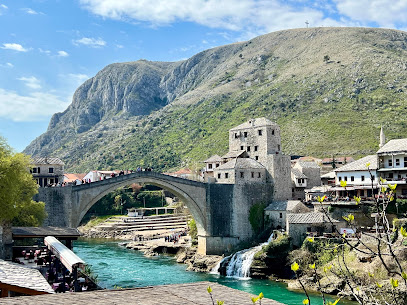
Unmissable attractions to see
Old Bridge Mostar
Explore the iconic Old Bridge in Mostar, a UNESCO World Heritage site, and immerse yourself in the rich history and culture of Bosnia and Herzegovina.
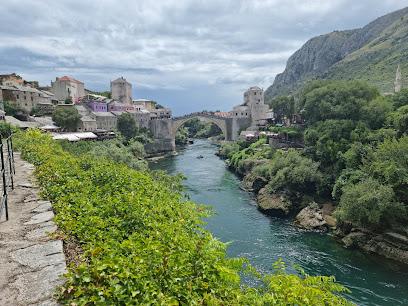
Kravica Waterfall
Experience the enchanting beauty of Kravica Waterfall, a natural paradise in Bosnia and Herzegovina, perfect for relaxation and adventure.
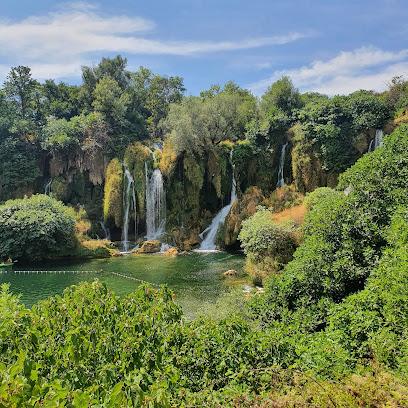
Blagaj Tekke
Explore the mesmerizing Blagaj Tekke, where history, spirituality, and natural beauty converge in a breathtaking Bosnian setting.
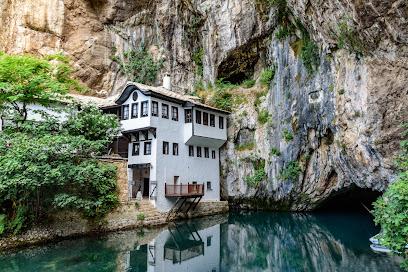
Vrelo Bune
Explore Vrelo Bune: A Breathtaking Natural Spring and Cultural Gem in Bosnia and Herzegovina.
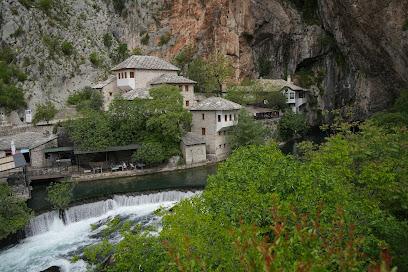
Church of Saint James the Greater (Apostle) - Medjugorje
Discover the serenity and spiritual significance of the Church of Saint James the Greater in Medjugorje, a must-visit destination for pilgrims and tourists.
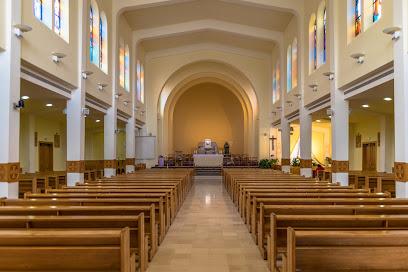
Apparition Hill
Experience spiritual awakening at Apparition Hill, a renowned pilgrimage site in Medjugorje, where faith meets breathtaking natural beauty.
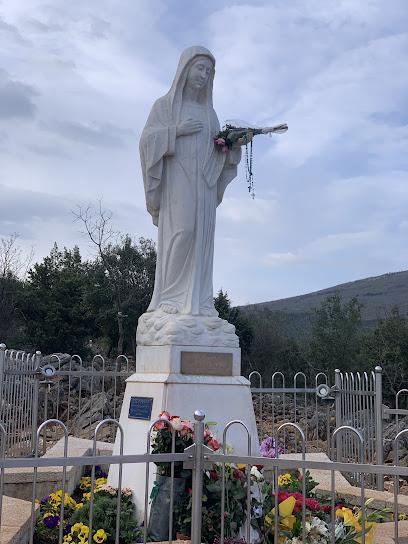
Stara Ćuprija Konjic
Discover the historic Stara Ćuprija Bridge in Konjic, a stunning architectural marvel connecting cultural heritage with breathtaking natural beauty.
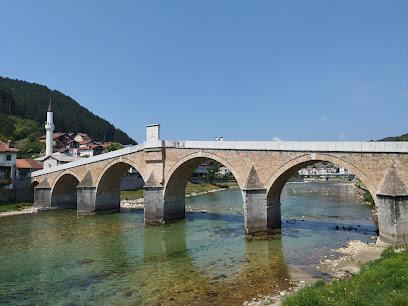
Koćuša Waterfall
Experience the breathtaking beauty of Koćuša Waterfall in Bosnia and Herzegovina, a perfect natural escape for every traveler.
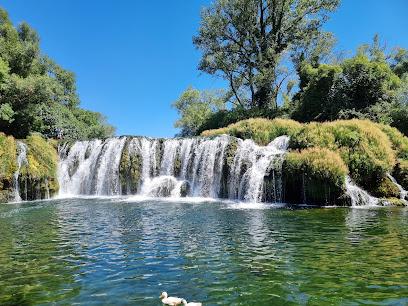
Fortica Hill
Discover the breathtaking views and adventurous spirit of Fortica Hill, an outdoor paradise in the heart of Mostar.
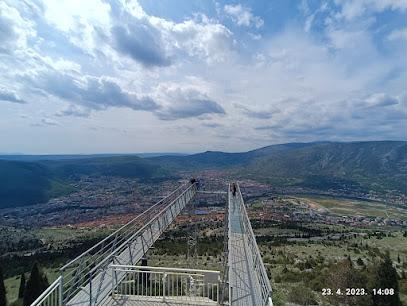
Blidinje Nature Park
Explore the breathtaking beauty of Blidinje Nature Park, a natural oasis in Bosnia and Herzegovina, perfect for adventure and tranquility.
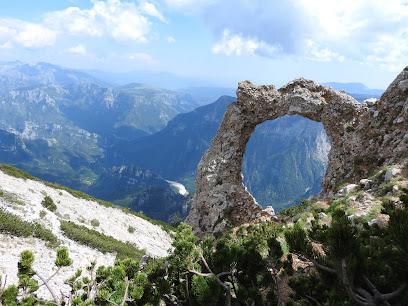
Park Zrinjevac
Explore the serene beauty of Park Zrinjevac, a lush green oasis in Mostar, perfect for relaxation and cultural experiences amidst nature.
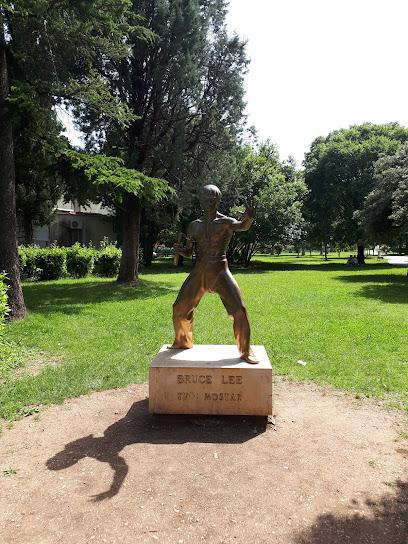
Tito's Bunker - ARK D-0
Discover the intriguing history of Tito's Bunker in Ljuta, an underground museum showcasing the secrets of Cold War Yugoslavia.
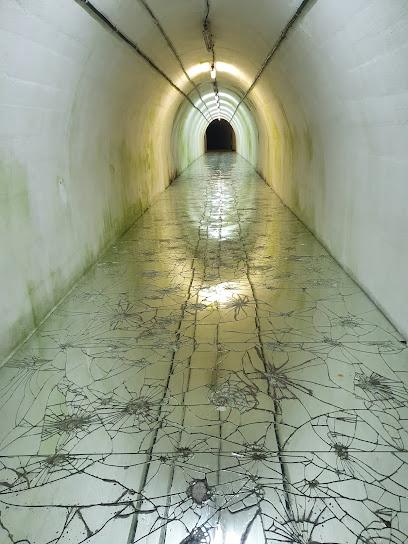
Neretva Delta
Experience the breathtaking beauty and vibrant culture of Neretva Delta, Croatia's natural paradise, perfect for adventure and relaxation.
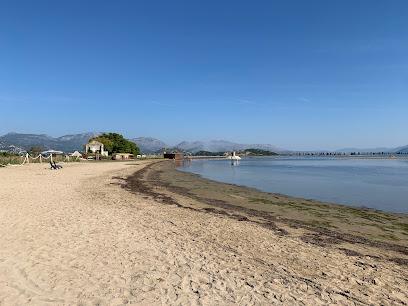
Museum of the Battle for the Wounded at Neretva - Jablanica
Discover the poignant history of the Museum of the Battle for the Wounded at Neretva in Jablanica, a tribute to courage and resilience during World War II.
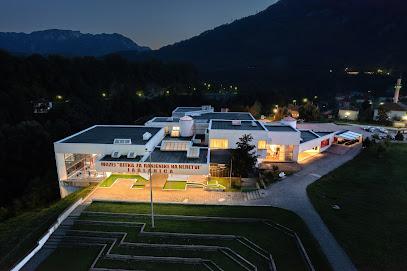
Mostar Peace Bell Tower
Discover the Mostar Peace Bell Tower, a symbol of hope and unity, offering breathtaking views and rich history in the heart of Bosnia and Herzegovina.
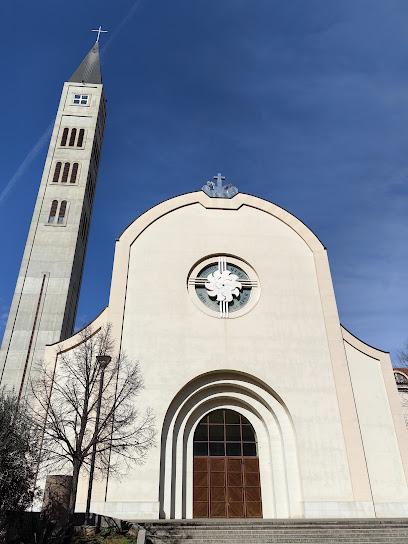
Essential places to dine
Restaurant Šadrvan
Experience authentic Eastern European cuisine at Restaurant Šadrvan in Mostar - where tradition meets flavor in a stunning setting.

Tima - Irma
Experience authentic Bosnian barbecue at Tima - Irma in Mostar; where tradition meets flavor in every delicious bite.

Hindin Han
Experience authentic Bosnian flavors at Hindin Han in Mostar – where tradition meets taste in every dish.
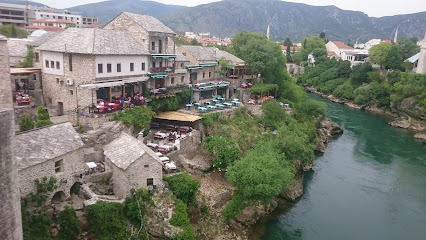
Megi
Experience authentic Bosnian cuisine at Megi, where tradition meets modernity in the heart of Mostar.
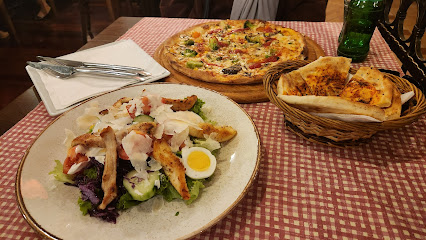
URBAN taste of orient
Discover the flavors of Bosnia at URBAN Taste of Orient - where tradition meets modernity in every dish.
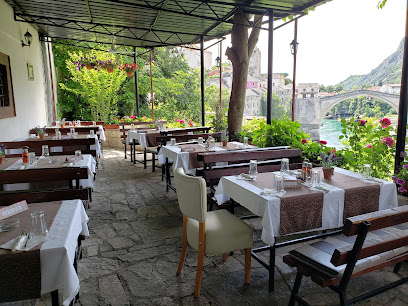
Restoran Labirint
Experience authentic Bosnian cuisine at Restoran Labirint in Mostar, where culinary tradition meets stunning views.
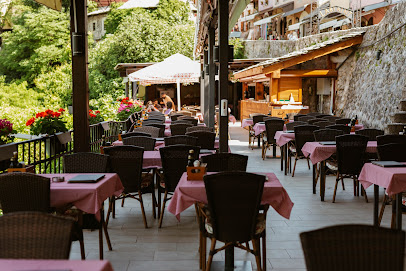
Del Rio
Experience the best of Bosnian cuisine at Del Rio in Mostar - where tradition meets flavor in every dish.

TABOO Bar Restaurant
Discover the essence of Bosnian cuisine at TABOO Bar Restaurant in Mostar – where tradition meets modern dining in an elegant setting.
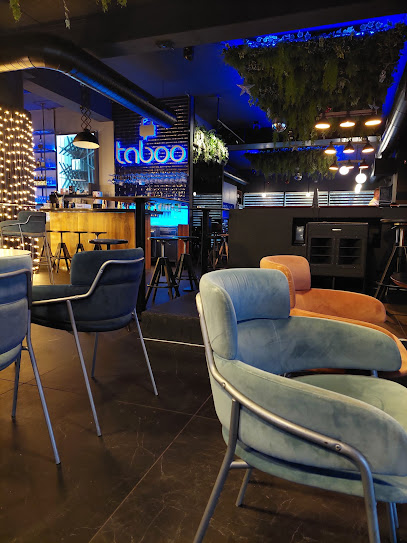
Food House Mostar
Discover the culinary delights at Food House Mostar - where traditional Mediterranean flavors meet modern dietary needs.
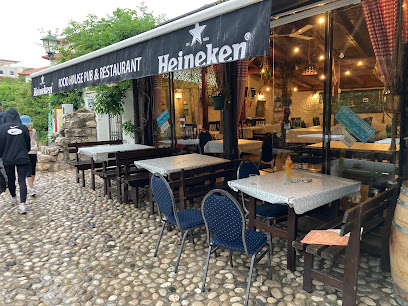
Restoran Radobolja
Experience exquisite Bosnian cuisine surrounded by lush gardens at Restoran Radobolja in Mostar – perfect for families and special occasions.
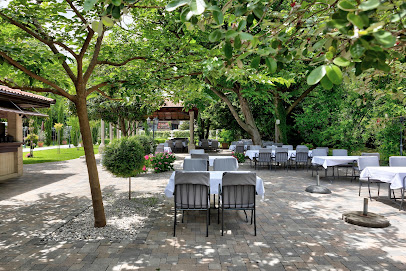
Restaurant Divan - Traditional Food, Fish, Meat Specialties & Wine Bar
Experience the best of traditional Bosnian cuisine at Restaurant Divan in Mostar – where flavors meet hospitality in a stunning riverside setting.
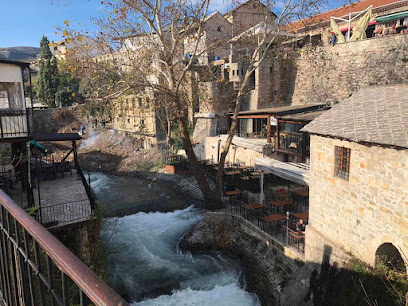
Pablo's Restaurant & Club
Experience the vibrant fusion of Bosnian cuisine and nightlife at Pablo's Restaurant & Club in Mostar - where every meal is a celebration.
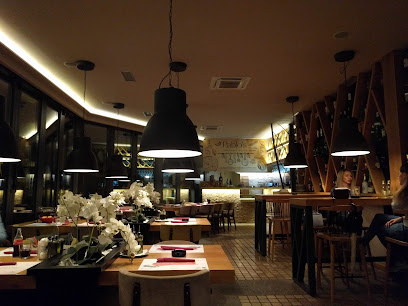
Marinero
Experience authentic Bosnian cuisine at Marinero in Mostar, where tradition meets modern culinary excellence in a warm and inviting atmosphere.
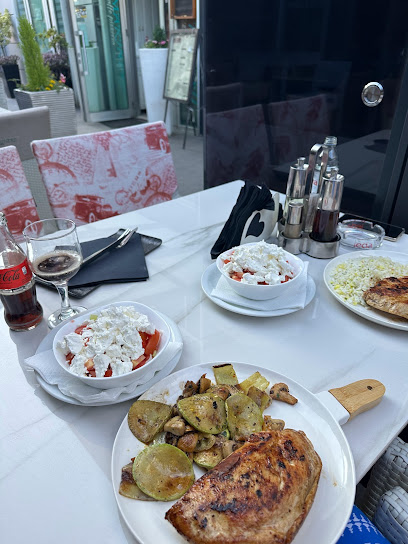
Restoran Prestige
Experience the best of Bosnian cuisine at Restoran Prestige - where local flavors meet exquisite dining in Mostar.
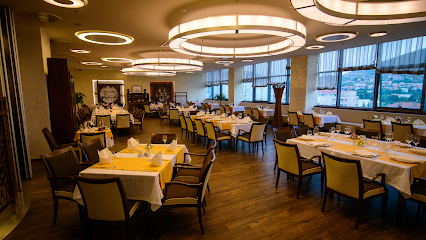
Terrace Lagero
Experience authentic Bosnian cuisine with stunning views at Terrace Lagero in Mostar - where flavor meets breathtaking scenery.
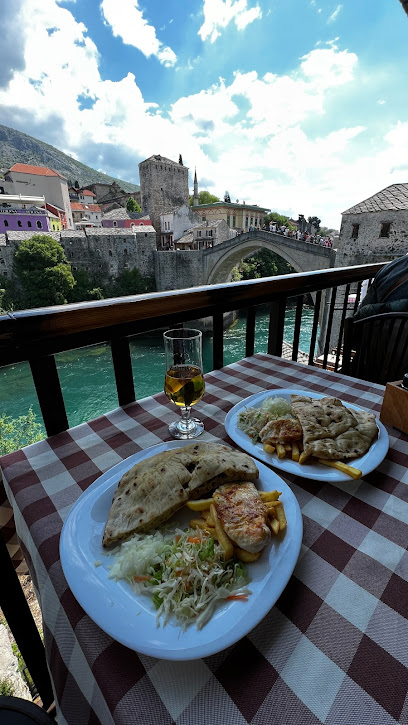
Markets, malls and hidden boutiques
Mepas Mall
Explore Mepas Mall in Mostar: a vibrant shopping destination combining modern retail, local charm, and delightful dining options for every tourist.
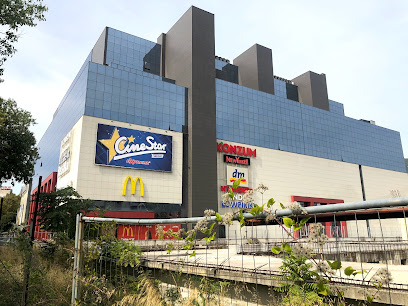
Piramida shopping centar
Explore the diverse shops and services at Piramida Shopping Center in Mostar, a must-visit for every traveler seeking a unique shopping experience.
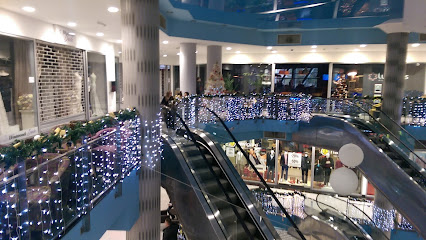
Prodajni centar Mostar
Explore the best shopping experiences and local flavors at Prodajni Centar Mostar, a vibrant shopping mall in the heart of Bosnia.
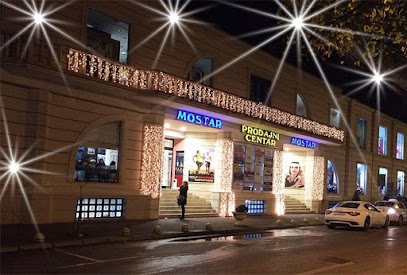
RETRO - Kuća mode
Discover unique fashion styles at RETRO - Kuća mode in Mostar, where local craftsmanship meets contemporary design for both men and women.
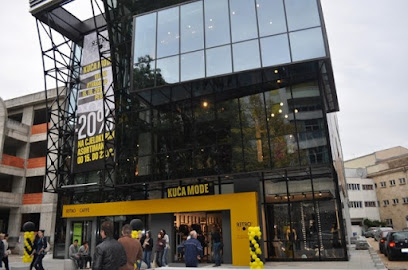
Trendy American Outlet
Explore trendy plus-size fashion at Trendy American Outlet in Mostar, where style meets comfort in a vibrant shopping atmosphere.
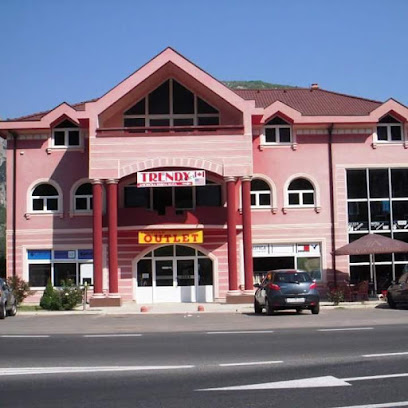
Brothers Music Store
Discover the heartbeat of Mostar at Brothers Music Store, where local culture and musical heritage harmoniously blend.
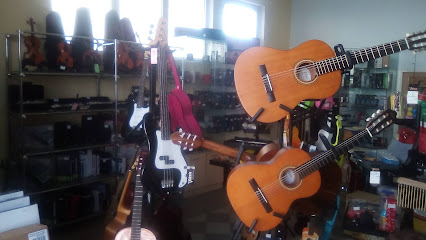
Tarantula Comic Store
Discover the vibrant world of comics at Tarantula Comic Store, Mostar's ultimate destination for comic book lovers and culture seekers.
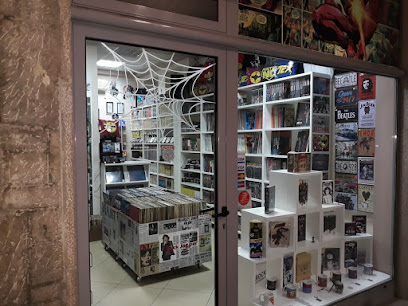
Tactical Shop
Shop high-quality clothing and tactical gear at Tactical Shop in Mostar, the ultimate destination for fashion-forward travelers seeking authentic experiences.
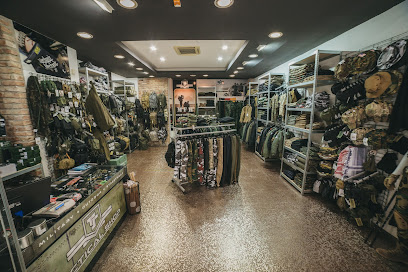
La jupe
Discover the essence of fashion at La Jupe, Mostar's stylish clothing store offering a blend of local craftsmanship and global trends.

Fedi doo Mostar
Discover Fedi doo Mostar, where creativity flourishes and unique craft supplies await every aspiring artist and hobbyist.
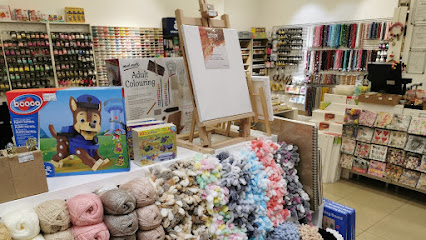
Pull&Bear
Discover the latest fashion trends at Pull&Bear in Mostar, a stylish clothing store for trendy men and women.
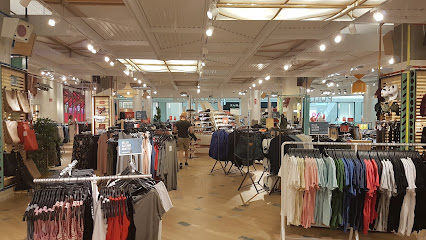
The Spirit of Herzegovina
Explore the essence of Herzegovina at The Spirit of Herzegovina gift shop in Mostar, offering unique souvenirs and local wines.
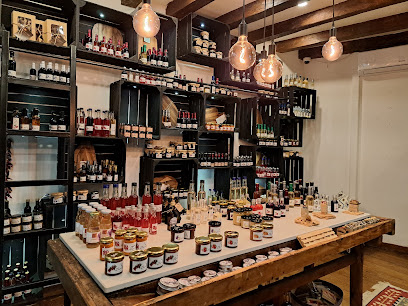
Poppy
Explore Poppy in Mostar for unique clothing that blends contemporary and traditional Bosnian styles, perfect for every traveler.
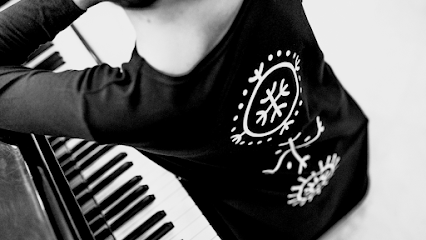
Ars Art gallery
Explore the artistic heart of Mostar at Ars Art Gallery, showcasing unique handcrafted treasures and local artistry in a charming setting.
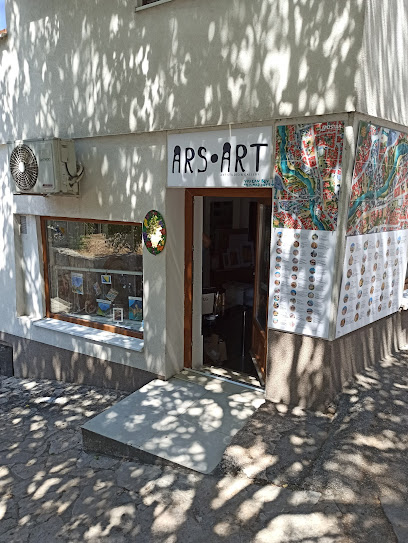
IN VIVO
Discover IN VIVO in Mostar for a unique shopping experience featuring quality clothing and personalized alterations in a stylish mall setting.
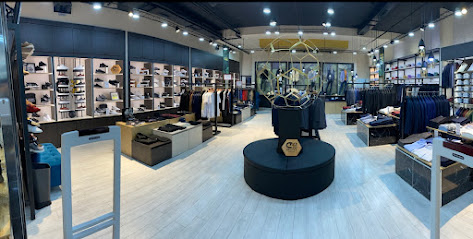
Essential bars & hidden hideouts
Shankly's Pub
Discover the vibrant atmosphere of Shankly's Pub in Mostar, where delicious food and drinks meet a cozy gathering spot for locals and tourists.
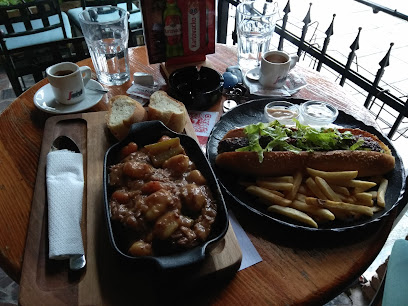
Black Pearl
Experience the vibrant atmosphere and exquisite cocktails at Black Pearl, a charming café and cocktail bar in the heart of Mostar.
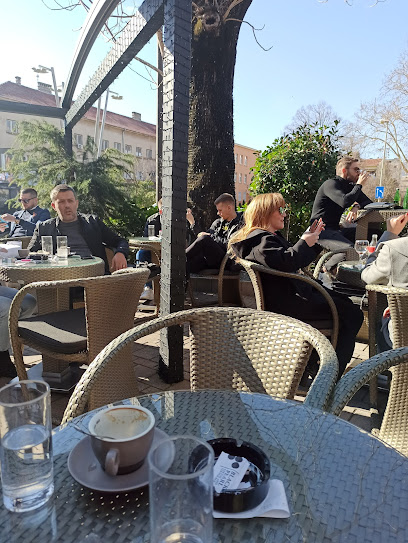
Bazza
Experience the vibrant nightlife of Mostar at Bazza, a lively bar and jazz club offering great drinks, live music, and a cozy atmosphere.
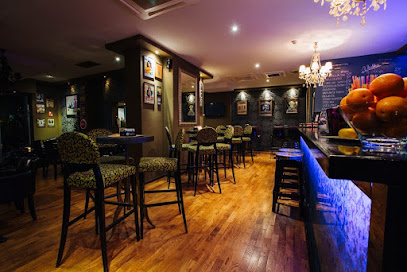
Blok bar & restaurant
Experience the vibrant flavors of Mostar at Blok Bar & Restaurant, where local cuisine meets contemporary dining in a stylish setting.
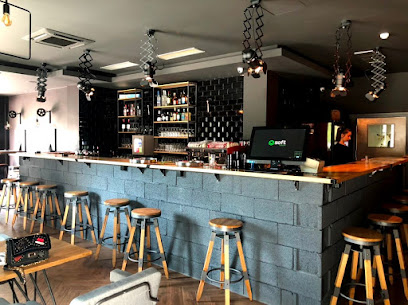
Hemingway Bar
Discover the vibrant Hemingway Bar in Mostar, where expertly crafted cocktails and a cozy atmosphere await every visitor.

Mazel Tov Concept Bar
Discover the eclectic charm of Mazel Tov Concept Bar in Mostar, where café culture meets vibrant nightlife in a stunning setting.
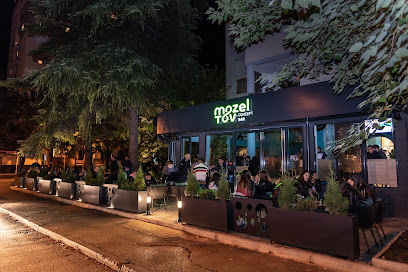
Craft Beer Garden imaimoze
Discover the vibrant atmosphere and exceptional craft beer at Craft Beer Garden imaimoze in Mostar, your go-to spot for relaxation and good company.
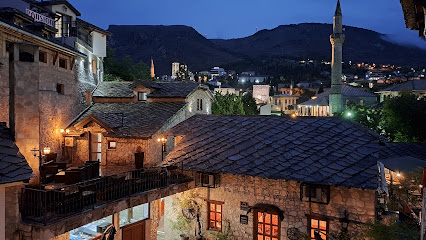
Garden pub
Discover the charm of Mostar at the Garden Pub, where local flavors and a serene garden atmosphere await every traveler.
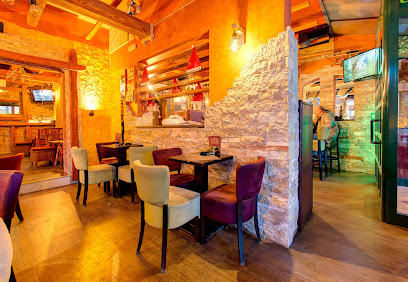
Pub Beer ti&ja
Discover the vibrant atmosphere and local flavors at Pub Beer ti&ja, a brewpub gem in the heart of Mostar, perfect for every traveler.
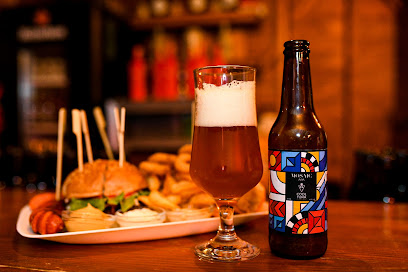
Charlie - bar & snack
Discover the heart of Mostar's nightlife at Charlie - Bar & Snack, where great drinks and delicious snacks await in a vibrant setting.
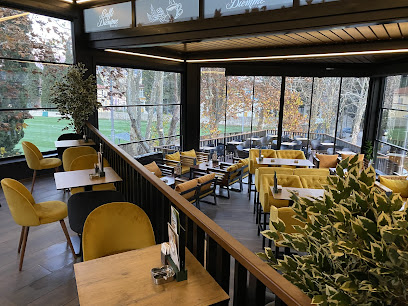
Caffe Cocktail bar Polaris Mostar
Experience the vibrant nightlife at Caffe Cocktail Bar Polaris in Mostar, where expertly crafted cocktails and a lively atmosphere await every tourist.
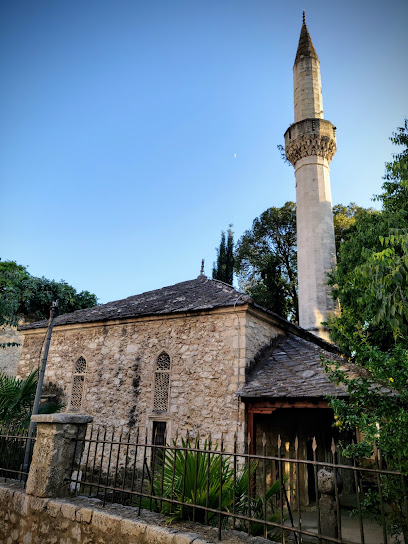
The Rebels pub
Discover the vibrant atmosphere of The Rebels Pub in Mostar, where local flavors and friendly vibes come together for an unforgettable experience.
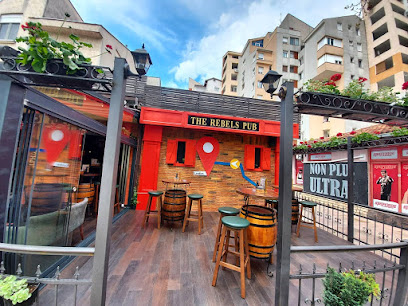
Night Bar Duradzik
Discover Mostar's lively nightlife at Night Bar Duradzik, where cocktails, music, and culture blend seamlessly in a vibrant setting.
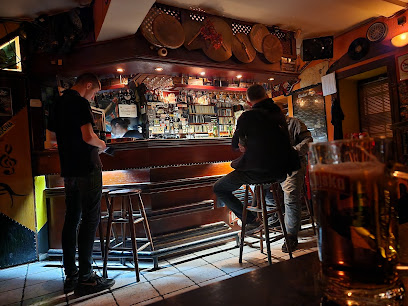
Terasa
Discover Terasa, Mostar's premier cocktail bar with breathtaking views and an inviting atmosphere, perfect for tourists seeking relaxation and flavor.
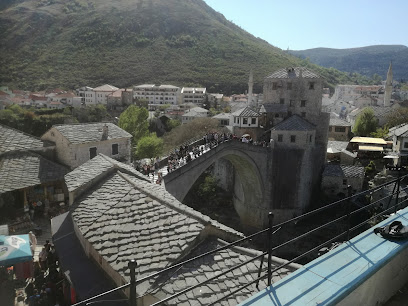
OLD CREW Gastro PUB Mostar
Discover the authentic flavors of Bosnia at OLD CREW Gastro PUB, Mostar's top brewpub for craft beer and local cuisine.
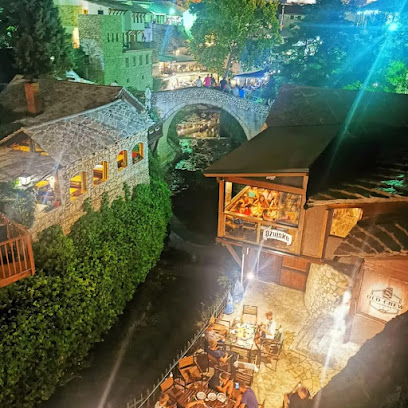
Local Phrases
-
- HelloZdravo
[Zdrah-voh] - GoodbyeDoviđenja
[Doh-vee-jen-ya] - YesDa
[Dah] - NoNe
[Neh] - Please/You're welcomeMolim
[Moh-leem] - Thank youHvala
[Hvah-lah] - Excuse me/SorryIzvini
[Eez-vee-nee] - How are you?Kako si?
[Kah-koh see?] - Fine. And you?Dobro. A ti?
[Doh-bro. Ah tee?] - Do you speak English?Govorite li engleski?
[Go-vo-ree-te lee eng-les-kee?] - I don't understandNe razumijem
[Neh rah-zoo-mee-yem]
- HelloZdravo
-
- I'd like to see the menu, pleaseMogu li vidjeti meni, molim vas
[Moh-goo lee vee-dyeh-tee meh-nee, moh-leem vahs] - I don't eat meatNe jedem meso
[Neh yeh-dem meh-so] - Cheers!Živjeli!
[Zhee-vyeh-lee] - I would like to pay, pleaseŽelim platiti, molim
[Zheh-leem plah-tee-tee, moh-leem]
- I'd like to see the menu, pleaseMogu li vidjeti meni, molim vas
-
- Help!Pomoć!
[Poh-mohtsch!] - Go away!Idi odavde!
[Ee-dee oh-dahv-deh!] - Call the Police!Pozovite policiju!
[Poh-zoh-vee-teh po-lee-tsee-yoo!] - Call a doctor!Pozovite doktora!
[Poh-zoh-vee-teh dohk-toh-rah!] - I'm lostIzgubio/la sam se
[Eez-goo-bee-oh/lah sahm seh] - I'm illBolestan/na sam
[Boh-lehs-tahn/nah sahm]
- Help!Pomoć!
-
- I'd like to buy...Želim kupiti...
[Zheh-leem koo-pee-tee] - I'm just lookingSamo gledam
[Sah-moh gleh-dahm] - How much is it?Koliko košta?
[Koh-lee-koh koh-stah?] - That's too expensiveTo je pre skupo
[Toh yeh preh skoo-poh] - Can you lower the price?Možete li spustiti cijenu?
[Moh-zheh-te lee spoo-stee-tee tsee-yeh-noo?]
- I'd like to buy...Želim kupiti...
-
- What time is it?Koliko je sati?
[Koh-lee-koh yeh sah-tee?] - It's one o'clockJedan je sat
[Yeh-dahn yeh saht] - Half past (10)Pola (deset)
[Poh-lah (deh-set)] - MorningJutro
[Yoo-troh] - AfternoonPopodne
[Poh-pod-neh] - EveningVeče
[Veh-cheh] - YesterdayJučer
[Yoo-cher] - TodayDanas
[Dah-nahs] - TomorrowSutra
[Soo-trah] - 1Jedan
[Yeh-dahn] - 2Dva
[Dvah] - 3Tri
[Tree] - 4Četiri
[Cheh-tee-ree] - 5Pet
[Peh-t] - 6Šest
[Shehst] - 7Sedam
[Seh-dahm] - 8Osam
[Oh-sahm] - 9Devet
[Deh-vet] - 10Deset
[Deh-set]
- What time is it?Koliko je sati?
-
- Where's a/the...?Gdje je...
[Gdyeh yeh...] - What's the address?Koja je adresa?
[Koh-yah yeh ah-deh-sah?] - Can you show me (on the map)?Možete li mi pokazati (na mapi)?
[Moh-zheh-te lee mee poh-kah-zah-tee (nah mah-pee)?] - When's the next (bus)?Kada je sljedeći (autobus)?
[Kah-dah yeh sleh-deh-chee (ow-toh-boos)?] - A ticket (to ....)Jednu kartu (do ....)
[Yehd-noo kahr-too (doh ....)]
- Where's a/the...?Gdje je...
History of Mostar
-
Mostar, situated along the Neretva River, was first mentioned in historical records in 1452. The name 'Mostar' is derived from the term 'mostari,' meaning 'bridge keepers,' reflecting the city's historical role in guarding the Stari Most, a bridge connecting the two sides of the city.
-
Under Ottoman rule, Mostar flourished as a trade and administrative center. The cityscape transformed with the construction of numerous mosques, Turkish houses, and the iconic Stari Most in 1566, designed by Mimar Hayruddin, a student of the renowned architect Sinan.
-
Following the Congress of Berlin in 1878, Mostar became part of the Austro-Hungarian Empire. This era brought significant infrastructural development, modernizing the city with new buildings, roads, and bridges, and blending European architectural styles with the existing Ottoman influences.
-
During World War II, Mostar experienced occupations by Italian and German forces, as well as local clashes between Ustaša, Chetnik, and Partisan forces. Post-war, Mostar became part of the Socialist Federal Republic of Yugoslavia, leading to reconstruction efforts and industrial growth.
-
In the early 1990s, Mostar was heavily affected by the Bosnian War. The city witnessed intense fighting between Bosniak and Croat forces. On November 9, 1993, the Stari Most was destroyed by Croat forces, symbolizing the deep divisions and devastation caused by the conflict.
-
After the war, Mostar underwent extensive reconstruction. The Stari Most was meticulously rebuilt and reopened in 2004, serving as a symbol of peace and reconciliation. Today, the bridge and the Old Town are UNESCO World Heritage Sites, representing the city's resilience and cultural heritage.
Mostar Essentials
-
Mostar is accessible by various means of transportation. The nearest major airport is Mostar International Airport (OMO), which has seasonal flights from several European cities. Alternatively, travelers can fly into Sarajevo International Airport (SJJ), located about 130 kilometers away, and then take a bus or train to Mostar. Direct buses and trains run frequently between Sarajevo and Mostar, with the journey taking approximately 2.5 to 3 hours. Additionally, Mostar is well-connected by road, with bus services from other major cities in Bosnia and Herzegovina, as well as from neighboring countries like Croatia and Montenegro.
-
Mostar is a relatively small city, making it easy to explore on foot. For longer distances, local buses and taxis are available. Taxis are reasonably priced, but it is advisable to agree on a fare before starting your journey. Car rental services are also available for those who prefer to explore the surrounding areas at their own pace. Buses and trains connect Mostar to other parts of Bosnia and Herzegovina, providing a convenient way to travel to and from the city.
-
The official currency of Bosnia and Herzegovina is the Convertible Mark (BAM). Credit and debit cards are widely accepted in Mostar, especially in hotels, restaurants, and larger shops. However, it is advisable to carry some cash for smaller establishments and markets. ATMs are readily available throughout the city, where you can withdraw local currency using your international cards. Currency exchange services can be found at banks, exchange offices, and some hotels.
-
Mostar is generally a safe city for tourists. However, as with any travel destination, it is important to remain vigilant and take standard precautions. Avoid walking alone at night in poorly lit or unfamiliar areas. Petty crimes, such as pickpocketing, can occur in crowded places, so keep an eye on your belongings. Areas around the Old Bridge (Stari Most) and the main tourist spots are generally safe, but be cautious in less touristy neighborhoods.
-
In case of emergency, dial 112 for immediate assistance. This number connects you to police, fire, and medical services. Mostar has several medical facilities and hospitals equipped to handle emergencies. Pharmacies are also available for minor health issues and over-the-counter medications. It is recommended to have travel insurance that covers medical emergencies and to carry a copy of your insurance policy and emergency contact numbers.
-
Fashion: Do dress modestly, especially when visiting religious sites. Avoid wearing revealing clothing. Religion: Do respect local customs and traditions. When visiting mosques, churches, or other religious sites, dress appropriately and follow any posted guidelines. Public Transport: Do be courteous and offer your seat to elderly passengers. Don't eat or drink on public transport. Greetings: Do greet people with a handshake. A polite 'Dobar dan' (Good day) is well-received. Eating & Drinking: Do try local delicacies and accept food offerings graciously. Don't refuse hospitality, as it is considered impolite.
-
To experience Mostar like a local, visit the local markets where you can buy fresh produce and traditional Bosnian goods. Engage with locals, as they are often friendly and willing to share stories about the city's history and culture. Don't miss visiting the Old Bridge (Stari Most), a UNESCO World Heritage Site, and try diving from the bridge if you're an experienced diver. For a unique experience, take a walk along the Neretva River and enjoy the picturesque views of the city. Additionally, sample traditional Bosnian cuisine at local restaurants, and don't forget to try 'ćevapi' (grilled minced meat) and 'burek' (savory pastry).
Trending Landmark in Mostar
Nearby Cities to Mostar
-
Things To Do in Makarska
-
Things To Do in Sarajevo
-
Things To Do in Dubrovnik
-
Things To Do in Trebinje
-
Things To Do in Hvar
-
Things To Do in Zenica
-
Things To Do in Split
-
Things To Do in Nikšić
-
Things To Do in Herceg Novi
-
Things To Do in Jajce
-
Things To Do in Perast
-
Things To Do in Tivat
-
Things To Do in Trogir
-
Things To Do in Kotor
-
Things To Do in Cetinje











